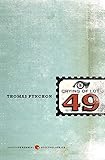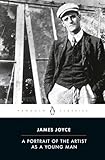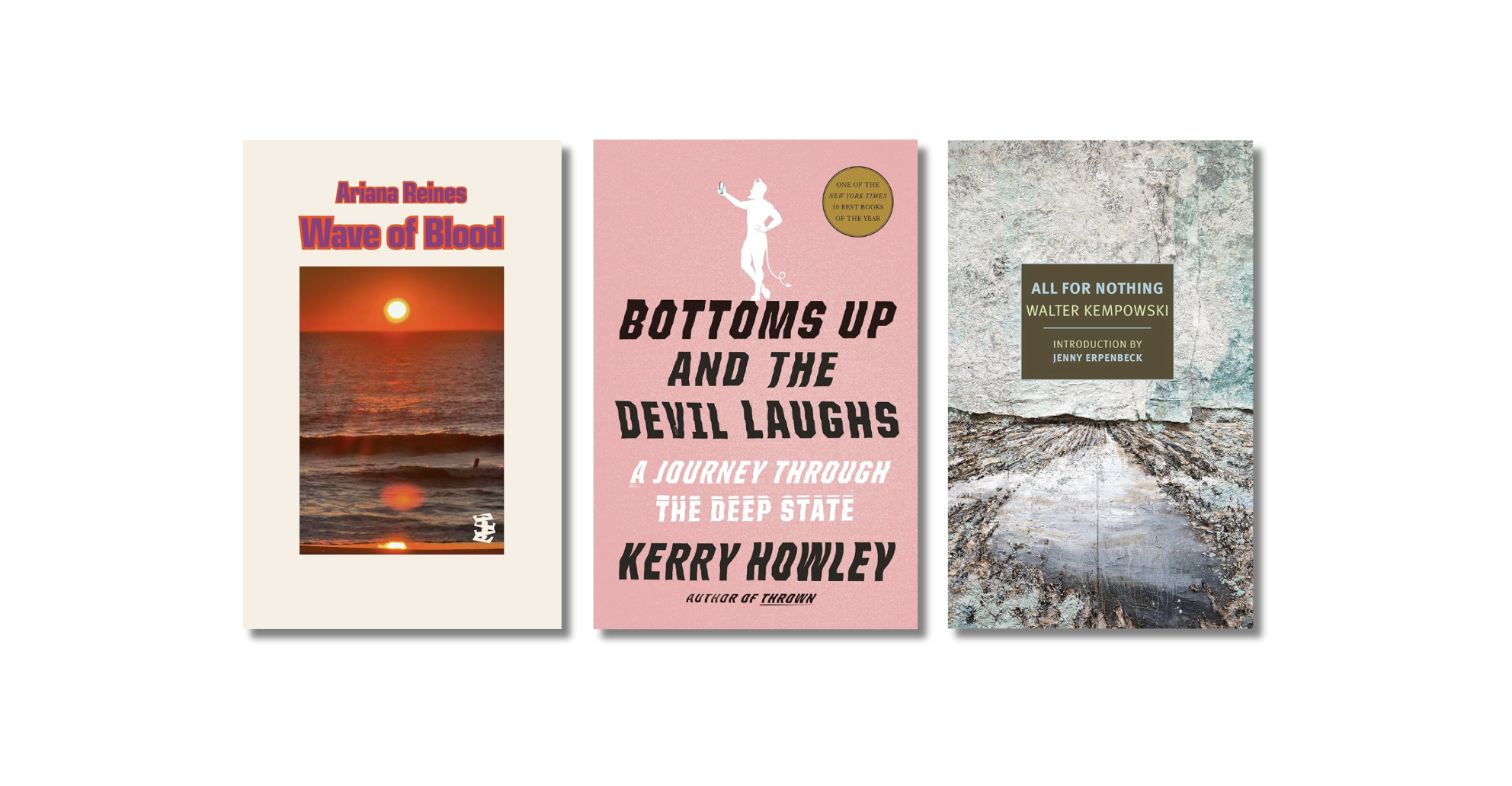“Now, you know, I’m a Catholic,” Toni Morrison told Cornel West during a 2004 conversation at The Nation Institute. “We’re used to blood and gore. On the cross in the church, there’s the body, with the cuts and all the bruises.”
Though Morrison was a self-described “disaffected Catholic,” she was a Catholic nonetheless: She converted when she was 12 and took Saint Anthony of Padua as her baptismal name. She found herself “fascinated by the rituals” of the faith and was especially transfixed by the ornate, almost otherworldly experience of Latin Mass. But she had what she called “a moment of crisis” on the occasion of the Second Vatican Council in the 1960s, which largely abolished the liturgical use of Latin, which she saw as “the unifying and universal language of the Church.”
Morrison, who had a wry sense of humor, would later call herself a “lapsed Catholic”—a bad Catholic. The Nobel laureate was in good company: bad Catholics often make great art.
Smells, bells, blood, guts, spectacle, and of course, bodies, bodies, bodies. Catholicism is a deeply theatrical religion based in provocative stories. The faith has inspired many gifted artists, and certainly a number of them remained devoted to their beliefs. Yet some of the best Catholic storytellers achieve their power at a distance from traditional devotion. These bad Catholics are able to draw upon a rich array of imagery, symbolism, and story—and while they might not be conventionally doctrinaire, their work is undeniably Catholic.
To be clear, I don’t mean “bad” in the pejorative sense, as if I am claiming that these artists are to be judged for not being dogmatically solid Catholics. (As a cradle-to-now Catholic myself, I’d love it if we did a lot less judging.) Rather, I use “bad” to capture the significant number of Catholics who are lapsed, unsatisfied, tired, checked out; the people who don’t go to Mass often (or ever), but who still make the sign of the cross to calm their nerves, or holds a special place in their heart for the Virgin Mary. Once a Catholic, always a Catholic—a dictum that is true both theologically and emotionally.
Take Thomas Pynchon, whose friends at Cornell described him as “very Catholic,” a guy who regularly “went to Mass and confessed, though to what would be a mystery.” Over time he seemed to drift away from his active practice of the faith, yet his fiction teems with a parodic Catholic worldview. Pynchon, like James Joyce before him, rejected the faith of his youth but could never fully quit Catholicism. As Cranly says of Stephen Dedalus in A Portrait of the Artist as a Young Man, “It is a curious thing . . . how your mind is supersaturated with the religion in which you say you disbelieve.”
 V, Pynchon’s first novel, includes Catholic characters, along with a Jesuit priest who descends into the New York sewer system with the Baltimore Catechism and a fevered goal: to convert all of the city’s rats to Catholicism. Father Fairing “put an eternal blessing and a few exorcisms on all the water flowing through the sewers between Lexington and the East River and between eighty-sixth and seventy-ninth streets.” The sooner we think of Pynchon as an irreverent jester-Catholic, mocking while syntactically admiring the work of dense theological texts, the better we can understand his humor.
V, Pynchon’s first novel, includes Catholic characters, along with a Jesuit priest who descends into the New York sewer system with the Baltimore Catechism and a fevered goal: to convert all of the city’s rats to Catholicism. Father Fairing “put an eternal blessing and a few exorcisms on all the water flowing through the sewers between Lexington and the East River and between eighty-sixth and seventy-ninth streets.” The sooner we think of Pynchon as an irreverent jester-Catholic, mocking while syntactically admiring the work of dense theological texts, the better we can understand his humor.
 The Crying of Lot 49, Pynchon’s second novel, is an even more Catholic farce. The book has a psychotropic Catholic feel, even from the first page, as Oedipa Maas stood “in the living room, stared at by the greenish dead eye of the TV tube, spoke the name of God, tried to feel as drunk as possible.” There are echoes of Timothy Leary (another bad Catholic) in Oedipa’s surreal journey through southern California.One subplot includes her attempting to track down the original script of a Jacobean revenge play, causing one character to wonder: “Why is everybody so interested in texts?” You can almost see Pynchon winking at us.
The Crying of Lot 49, Pynchon’s second novel, is an even more Catholic farce. The book has a psychotropic Catholic feel, even from the first page, as Oedipa Maas stood “in the living room, stared at by the greenish dead eye of the TV tube, spoke the name of God, tried to feel as drunk as possible.” There are echoes of Timothy Leary (another bad Catholic) in Oedipa’s surreal journey through southern California.One subplot includes her attempting to track down the original script of a Jacobean revenge play, causing one character to wonder: “Why is everybody so interested in texts?” You can almost see Pynchon winking at us.
Like Pynchon, Don DeLillo was also raised Catholic, although the Sicilian Catholicism he inherited was heavy on folk piety and superstition but skeptical of the institutional Church. He attended compulsory Mass through his days at Fordham in the Bronx, where “the Jesuits taught me to be a failed ascetic.” For DeLillo, Catholicism itself was art. “Being raised as a Catholic was interesting because the ritual had elements of art to it and it prompted feelings that art sometimes draws out of us,” he said in a 1982 interview. “I think I reacted to it the way I react today to theater. Sometimes it was awesome; sometimes it was funny.”




 Later, in a 1991 interview with the New York Times Magazine, DeLillo would note that for Catholics, “nothing is too important to discuss or think about, because he’s raised with the idea that he will die any minute now.” A little morbid, sure, but such a worldview imbues the ordinary with an incarnational, mysterious sense—which makes for powerful storytelling. His novels, unsurprisingly, are replete with Catholic characters, themes, and language. The Jesuit quips in Americana, his debut, were not exclusively meant for a Catholic audience, but they do have the ring of inside jokes, as when one character’s mother complains about an Episcopal high school: “St. Dymphna was an exclusively Catholic saint and that the Episcopelians, as nice and neat as they were, had no claim to her patronage and absolutely no right to use her name in connection with one of their prep schools.”
Later, in a 1991 interview with the New York Times Magazine, DeLillo would note that for Catholics, “nothing is too important to discuss or think about, because he’s raised with the idea that he will die any minute now.” A little morbid, sure, but such a worldview imbues the ordinary with an incarnational, mysterious sense—which makes for powerful storytelling. His novels, unsurprisingly, are replete with Catholic characters, themes, and language. The Jesuit quips in Americana, his debut, were not exclusively meant for a Catholic audience, but they do have the ring of inside jokes, as when one character’s mother complains about an Episcopal high school: “St. Dymphna was an exclusively Catholic saint and that the Episcopelians, as nice and neat as they were, had no claim to her patronage and absolutely no right to use her name in connection with one of their prep schools.”
And DeLillo’s literary Catholicism goes beyond jokes: it enables him to wed theology and football in End Zone, imbue mysticism into Great Jones Street, ponder transcendence in Zero K, and investigate absence in The Silence. Even his snappy dialogue is Catholic: although his characters gab and jest, they pivot between profanities and profundities.
What unites Morrison, DeLillo, and Pynchon—not to mention other bad Catholic artists like Kate Bush, Martin Scorsese, Bruce Springsteen, Sting, and more—is the sense that God, ambiguity, and mystery are often the same. There’s an often threadbare distinction between the sacred and profane in Catholic art, and it’s not a sense of shame or rebellion that helps bad Catholics make great art. Since many of these bad Catholics were raised Catholic (essentially, formed as Catholics), they retain a deep and distinct nostalgia for particular elements of the religion and culture—and Catholicism is as much a culture as it is a religion.
Such nostalgia enables these artists to first romanticize—and therefore exquisitely evoke—faith, while also pivoting to authentic criticism that is smart and often biting. Catholicism is an iconographic faith; a faith for everyday sinners and strange saints. Bad Catholic Martin Scorsese, echoing Morrison, said it best: “I’m a lapsed Catholic. But I am Roman Catholic—there’s no way out of it.” Through their art, bad Catholics make the word flesh.











